Our friend Roland Harwood likes to talk about the paradox of “engineering serendipity,” creating opportunities for unexpected encounters.
In designing events, it’s easy to fixate on the engineering, the part we control, rather than the serendipity which we can’t. As a result, the temptation is to get bogged down in design and create too much structure. Many clients still long for a time plan in twenty-minute chunks with predictable outcomes. And many facilitators still try to orchestrate divergence in the morning and convergence in the afternoon. It gives the illusion of control and competence.
All that planning might comfort us that we’re in charge, but it often leads to events that take away participants’ power, their feeling of agency. Agency can be defined as the capacity of an entity to act in any given environment.
So we enjoyed this article about shifting focus from competencies to agency, by Esto Kilpi.
He argues that our ways of organising are outdated. They’re based on industrial-era approaches which think in terms of units of production. They aim for efficiency by breaking the work into smaller tasks. But this is less effective for knowledge work and leads to a very limited view of the human beings in the system:
“.. the most economical design of mass-era organizations reduces the amount of skilled work and increases the amount of less skilled work, thus reducing costs. It has been a self-fulfilling prophecy that has created the problems we face today. The name of the problem is not low-skilled people, but the low-skilled occupations we have created. It is a design fault!”
Kilpi challenges the popular business language of competencies, which tends to reduce people to a set of things they can or can’t do. It tends to exclude the possibility of them surprising us – or even surprising themselves.
Too often clever processes underestimate the creative (and disruptive) talents of participants.
We’ve been thinking about the idea of agency for a while. Over on our Unhurried site we’ve started a page about this. Click here for more details.
(Photo by Pascal Brokmeier on Unsplash)
